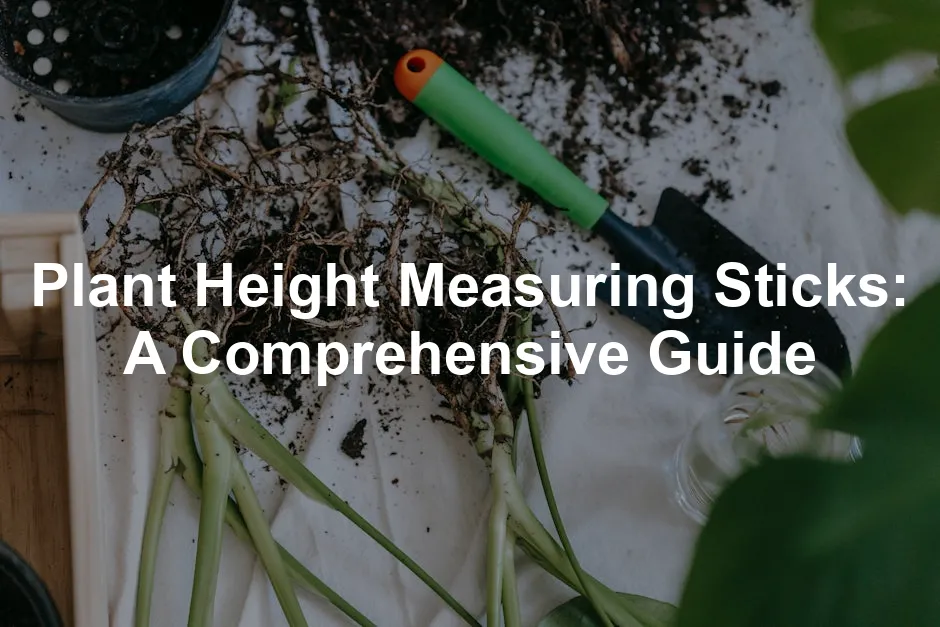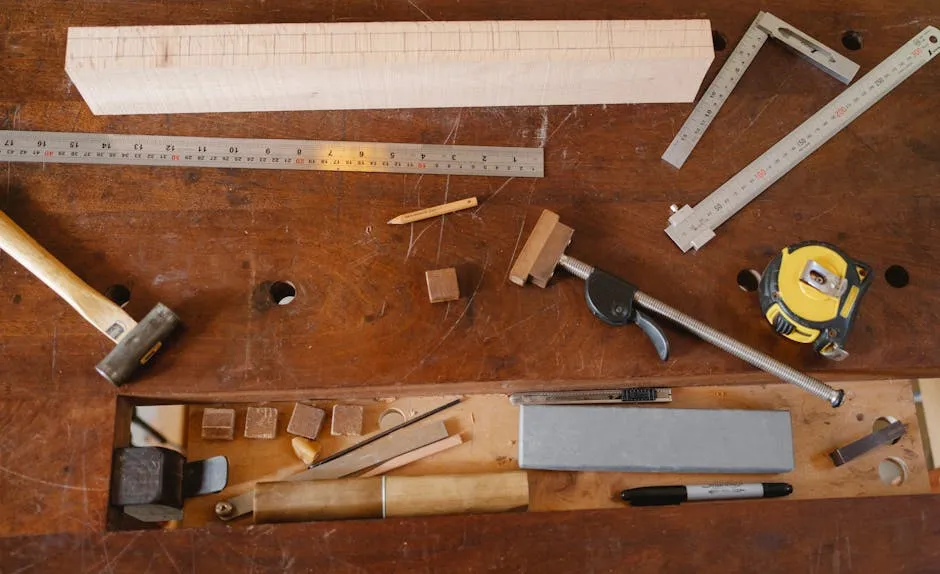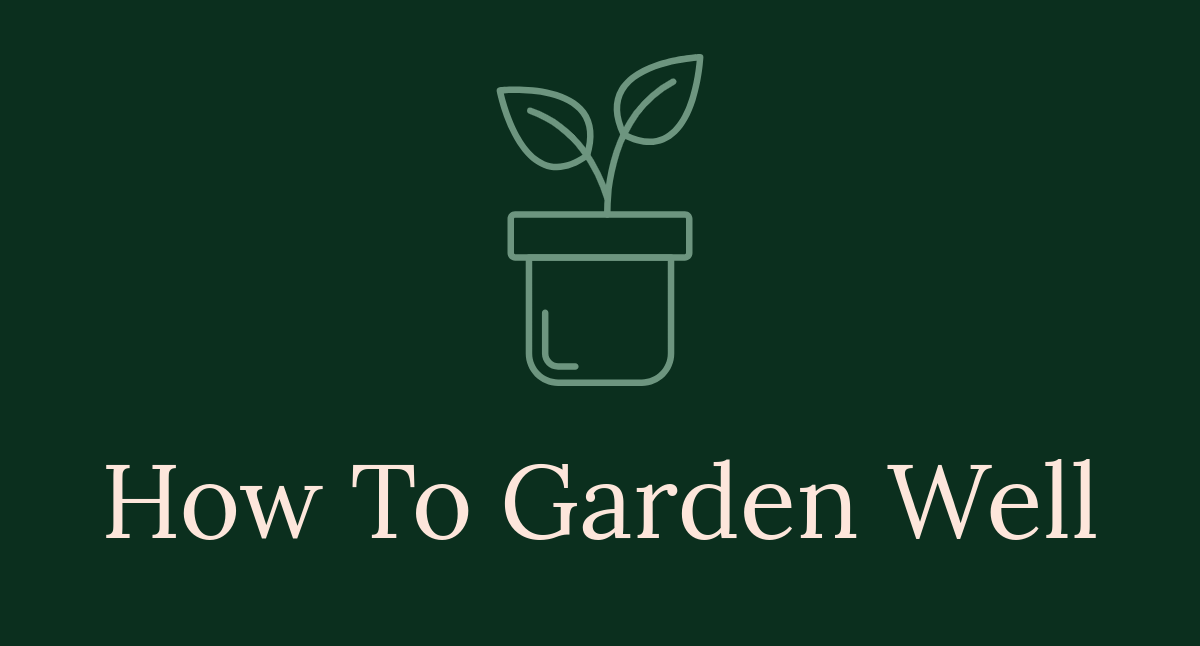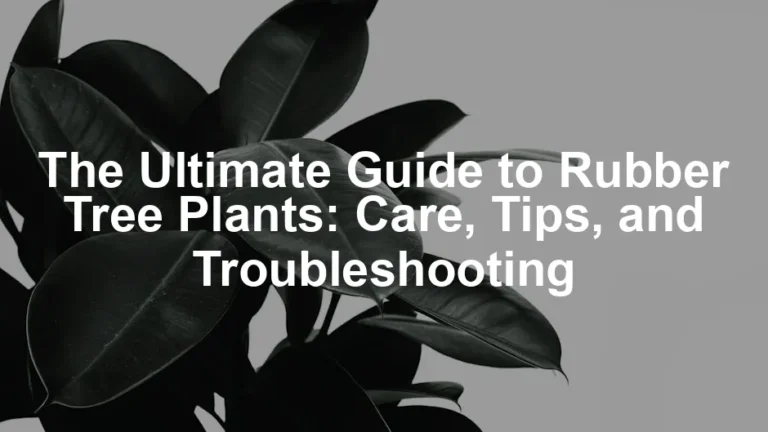

Plant Height Measuring Sticks: A Comprehensive Guide
Introduction
Measuring plant height is crucial in gardening and agriculture. It helps track growth, assess health, and ensure optimal care. While there are several tools for this task, measuring sticks stand out for their simplicity and effectiveness. This article aims to provide an in-depth look at plant height measuring sticks, including their benefits and types.Summary and Overview
Plant height measuring sticks serve as essential tools in gardening and agriculture. They help monitor plant growth, making them invaluable for both hobbyists and professionals. Various types of measuring sticks are available, including fiberglass and telescopic options, each with unique features. Using these tools offers numerous benefits. They provide accurate measurements, are easy to use, and boast impressive durability. This article targets gardeners, educators, and agricultural professionals seeking to improve their plant care practices. We’ll cover the purpose, types, and advantages of using measuring sticks, along with practical tips for getting the most from them.
Speaking of enhancing your gardening experience, consider adding a Garden Kneeler and Seat to your toolkit. This versatile tool helps reduce strain on your knees and back while you measure and tend to your plants. Who doesn’t want a little extra comfort while digging in the dirt?
What are Plant Height Measuring Sticks?
Plant height measuring sticks are tools designed to measure the height of plants accurately. They typically consist of a long, straight rod with markings for easy reading. Made from various materials such as fiberglass and aluminum, these sticks come in different designs to suit specific needs. Many measuring sticks feature extendable sections. This allows you to adjust the length based on the plant’s height. Common features include clear markings and a sturdy base for stability. Precision in measuring plant growth is vital for proper care and monitoring. For example, the average growth rate of a tomato plant can reach about 2-3 feet in a single season. Using a measuring stick can help you track this growth accurately. With proper plant growth tracking, you can optimize care and ensure your plants thrive. Take a moment to assess your current measuring tools. Are they providing the accuracy you need? If not, it might be time to invest in a dedicated measuring stick. A Digital Plant Height Measuring Tool could be just what you need for precise measurements. No more guessing games; just accurate data at your fingertips!
Types of Plant Height Measuring Sticks
1. Fiberglass Measuring Sticks
Fiberglass measuring sticks are a popular choice among gardeners and farmers. Their durability makes them ideal for outdoor use. Unlike wood or metal, fiberglass resists weathering and will not corrode. This means they can withstand rain, sun, and varying temperatures without losing their integrity. These sticks are typically lightweight, making them easy to handle. They are often used in agriculture and commercial gardening to ensure accurate height measurements. For instance, measuring crop growth can help farmers optimize their yield. According to recent market trends, fiberglass gardening tools have seen a steady increase in demand as more gardeners seek quality and reliability. Investing in a fiberglass height measuring stick can elevate your gardening experience while providing the durability you need. With these tools, tracking plant growth becomes a breeze. Plus, why not pair it with a Soil Moisture Meter? This handy tool ensures your plants are not only growing tall but also getting the hydration they need.
For those new to gardening, understanding the basics can be quite helpful. Check out this comprehensive guide on organic vegetable gardening for beginners.
2. Telescopic Measuring Sticks
Telescopic measuring sticks are designed for adjustable height measuring. They consist of multiple segments that extend and retract easily, allowing you to measure plants of various heights. This flexibility makes them perfect for situations where you need to reach tall plants without hassle. In fact, many telescopic sticks can measure up to 15 feet, making them suitable for taller species like sunflowers or fruit trees. Their compact design also makes them easy to store and transport. These sticks are especially useful for gardeners who may not have a fixed garden layout. Whether you are measuring for planting or monitoring growth, these adjustable tools offer convenience. With their versatility, telescopic measuring sticks are a must-have for any serious gardener or agricultural professional. Don’t forget to check out a Garden Level – Measuring Tool to ensure your garden is flat and level, making for easier measurements and healthier plants!
3. Wooden Measuring Sticks
Crafting your own wooden measuring stick can be a rewarding DIY project. With just a few materials, you can create a functional tool tailored to your gardening needs. All you need are some wooden boards, a saw, and a few basic tools. The process is simple and can be completed in an afternoon. Using wood as a measuring stick offers environmental benefits as well. It is a renewable resource, making it a more sustainable option compared to plastic or metal. By choosing wood, you contribute to reducing plastic waste and support eco-friendly gardening practices. In terms of cost, wooden measuring sticks are often more affordable than commercial options. A DIY wooden stick can cost around $10, while store-bought versions may range from $20 to $50. This makes crafting your own stick a smart choice for budget-conscious gardeners looking to save money while still having a reliable tool. So why not give it a try? You’ll have a personalized measuring stick and do your part for the environment! Plus, it’s a great way to engage with gardening on a deeper level. And while you’re at it, consider investing in some Garden Hand Tools Set to accompany your new measuring stick. You can never have too many tools, right?
4. Safety Tips
Using plant height measuring sticks can be safe and effective with a few precautions. Always ensure you’re in a clear area while measuring. Avoid measuring near obstacles like fences or overhanging branches. This helps prevent accidents or injuries. Keep your measuring stick in good shape. Regularly inspect it for any cracks or damage. If you notice wear and tear, consider replacing it to maintain accuracy and safety. Additionally, store your measuring tool in a dry place to prevent rust or decay. Statistics show that improper use of gardening tools can lead to accidents. In fact, around 30% of gardening injuries come from falls or mishandling tools. Practicing safe gardening techniques and maintaining your tools can significantly reduce these risks. Following these simple steps ensures you can measure plant height safely and effectively. And to keep your hands protected while you garden, check out these Heavy Duty Garden Gloves. Your hands will thank you!
Benefits of Using Plant Height Measuring Sticks
Plant height measuring sticks offer numerous advantages for gardeners and researchers alike. First, they enhance growth tracking and improve plant care. By measuring accurately, you can identify which plants thrive and which need extra attention. This information directly impacts the health of your garden. These tools also facilitate educational activities for all ages. Children and adults can engage in hands-on learning experiences while measuring plants. This fosters curiosity about plant biology and encourages outdoor exploration. Moreover, accurate measurements support scientific research in botany and agriculture. Studies show that precise height tracking can increase plant yield by up to 20%. This data is critical for farmers seeking to optimize their harvests. Incorporating plant height measuring sticks into your gardening routine not only improves care but also promotes learning and research. Why not give it a try and see the benefits for yourself? And while you’re nurturing your plants, don’t forget to nurture your soil with a Plant Fertilizer – Organic. Your plants will thrive like never before!
Where to Buy Plant Height Measuring Sticks
Finding the right plant height measuring stick is easier than you think. You can explore both online and local stores for a variety of options. Websites like Amazon and gardening specialty shops often stock a range of measuring sticks. Look for brands like Jackson Handling and Kiefer, which offer durable options at competitive prices. In local gardening equipment stores, you may find products tailored to your needs. These shops often have knowledgeable staff who can help you select the right tool. Prices can vary, typically ranging from $30 for basic models to $100 for more advanced options. For example, a fiberglass measuring stick can cost about $49, while telescopic sticks can go up to $80. When comparing features, consider the material and length of the stick. Fiberglass is lightweight yet sturdy, while telescopic options offer adjustable heights. Always read reviews to gauge performance before purchasing. Speaking of reviews, if you want to take your gardening to the next level, consider a Grow Lights for Indoor Plants. Perfect for giving your plants that extra boost when they’re not getting enough sunlight!
Conclusion
Using plant height measuring sticks is essential for effective gardening and agriculture. These tools help you monitor growth and ensure optimal care for your plants. Investing in quality measuring tools enhances your gardening practices, leading to better results. With the right measuring stick, you can track your plants’ progress and make informed decisions about their care. Don’t hesitate—upgrade your gardening toolkit today! And while you’re at it, consider a Compost Bin to make your gardening even more sustainable!
FAQs
What is a plant height measuring stick?
A plant height measuring stick is a tool designed to measure the height of plants accurately. It typically consists of a long rod with clear markings for easy reading.
How accurate are these measuring sticks?
Accuracy can vary based on factors like the stick’s material and design. A well-made stick can provide measurements with a tolerance of +/- 0.4mm per meter.
Can I make my own measuring stick?
Yes! You can easily create a DIY plant height measuring stick using wooden boards, a saw, and a marker. This option is budget-friendly and customizable.
What materials are best for plant height measuring sticks?
Fiberglass and aluminum are popular for their durability and lightweight properties. Wooden sticks are also great for eco-conscious gardeners.
How often should I measure my plants?
Regular measurements are recommended, especially during key growth stages. This practice supports effective plant growth tracking and helps you identify any issues early.
Please let us know what you think about our content by leaving a comment down below!
Thank you for reading till here 🙂
All images from Pexels



